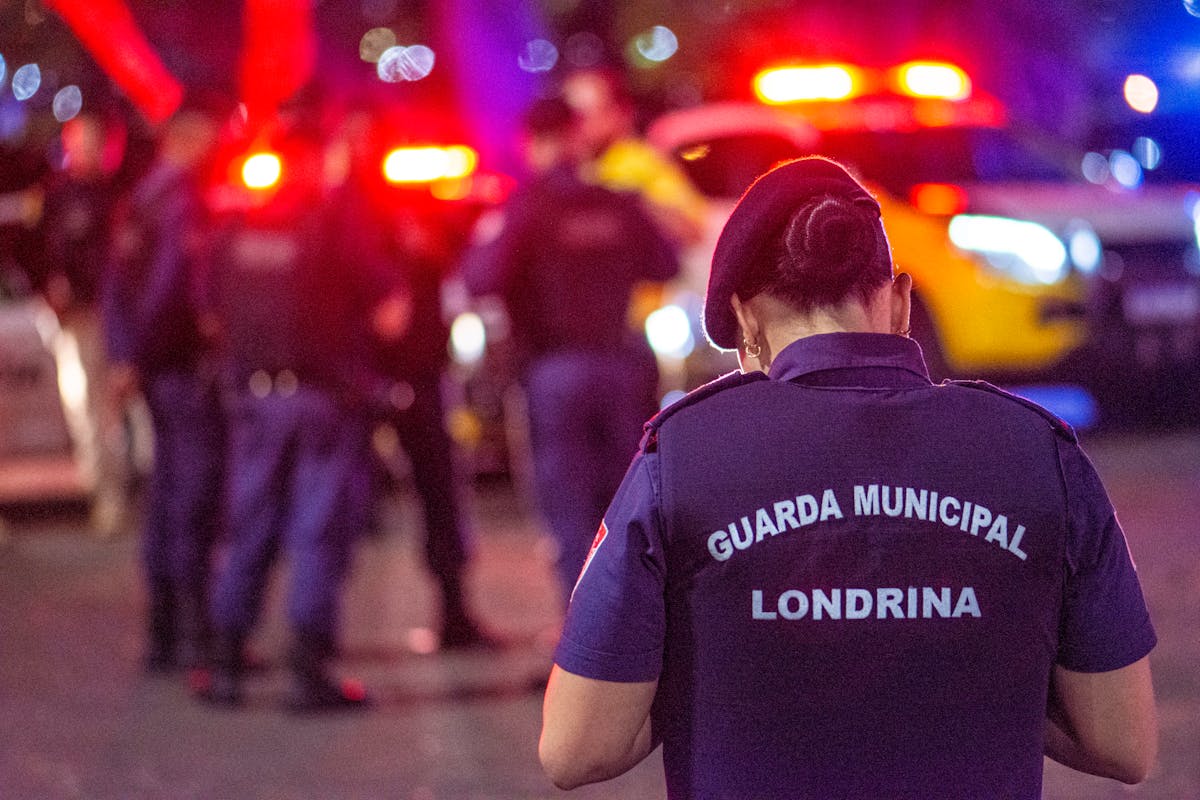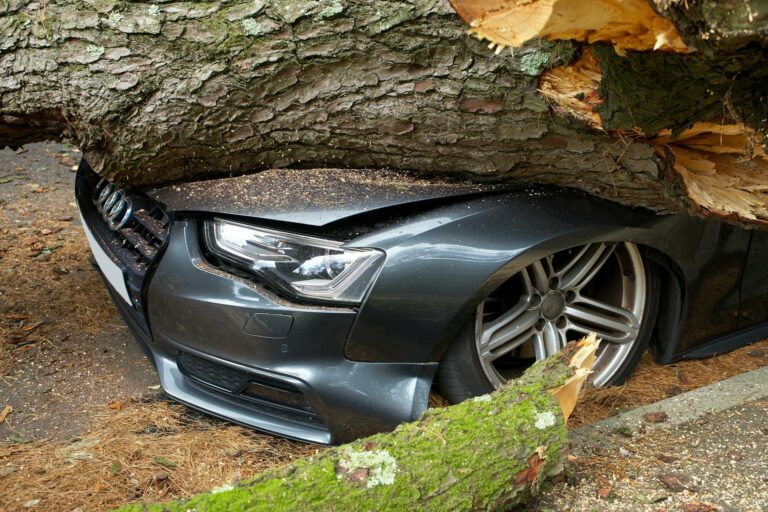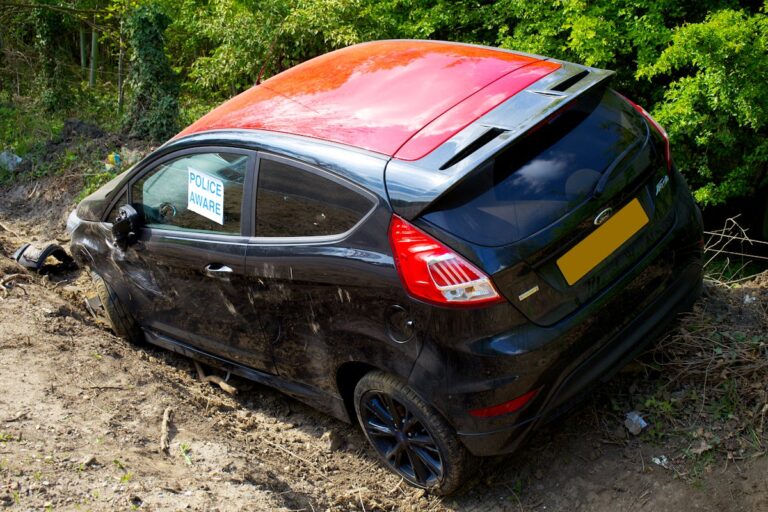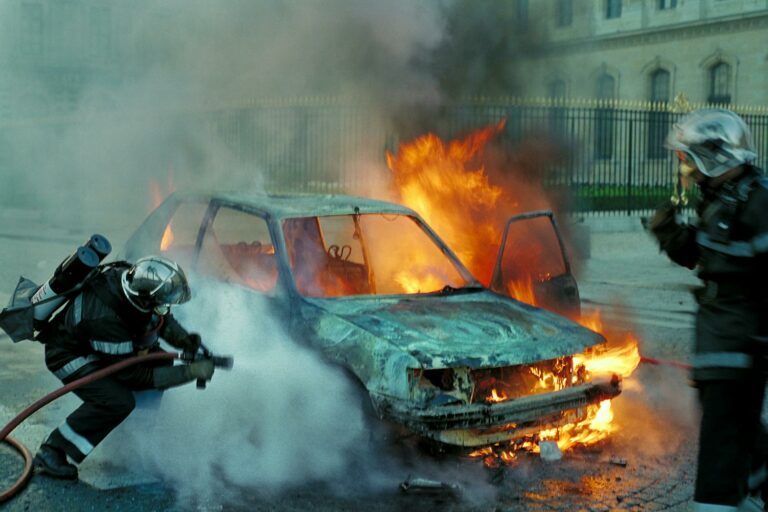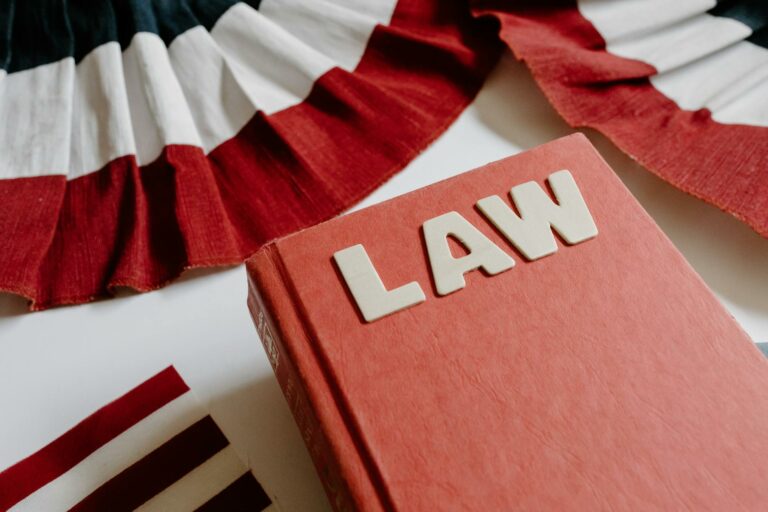How to Tell Who Is at Fault in a Car Accident
In the aftermath of a car accident, determining who is at fault can be a challenging yet crucial process. It requires a comprehensive understanding of specific laws, careful evaluation of collected evidence, and an accurate interpretation of witness accounts. While insurance companies significantly shape this process, their findings can sometimes be contested. Therefore, it is essential to explore the dynamics of car accidents further, shedding light on how responsibility is assessed and what role each party plays in this critical assessment. It seems prudent to ask, then, what are the key steps and considerations in pinpointing fault in a car accident?
Understanding Car Accident Laws
A significant number of jurisdictions operate under some form of a “fault” or “at-fault” car accident laws. These fault-based systems rely heavily on negligence standards and liability laws to determine who is responsible for an accident and, consequently, for any damages incurred. Contributory factors like driver behavior and vehicle maintenance play a crucial role in fault assessment.
The application of these laws varies, depending on state regulations and legal precedents. For instance, some states follow a “pure comparative negligence” rule, where each driver’s level of fault is calculated, and their insurance coverage is adjusted accordingly. Others adhere to a “modified comparative negligence” rule, where a driver can only recover damages if they are less than 50% at fault.
Accident statistics are another critical element in shaping policies and laws. They help identify common causes of accidents, such as distracted driving or poor vehicle maintenance, and inform the development of preventative measures.
The nuances of these laws and their application underscore the importance of understanding the specifics of your state’s regulations. This knowledge can significantly influence the outcome of an insurance claim or legal action following a car accident. It’s worth noting, however, that determining fault is a complex process that often requires professional legal assistance.
Gathering Evidence at the Scene
In light of understanding the complexity of car accident laws, the immediate aftermath of a car accident becomes a critical stage for determining fault. It is imperative to gather as much evidence as possible, and this often begins at the scene of the accident.
Photographic evidence is invaluable in these instances. Photos can provide a comprehensive view of vehicle positions, road conditions, and weather factors. This should include wide-angle shots to show the overall scene, as well as close-ups of specific details, such as skid marks.
Another vital piece of evidence is footage from dashboard cameras. These often contain time stamps which can help establish the sequence of events leading to the collision. Dashboard cameras offer an unbiased perspective and can validate or contradict statements from involved parties or witnesses.
Accident diagrams can also be helpful. These are visual representations of the accident scene, detailing the positions of vehicles, road markings, and any other pertinent factors.
The importance of documenting weather conditions and road conditions cannot be overstated. These factors often play a significant role in car accidents and can contribute to assigning fault.
The Role of Police Reports
Upon securing the scene of an accident, the role of law enforcement often extends to generating a comprehensive police report. These reports, drafted under the police authority, are crucial in determining fault in car accidents. They capture the specifics of the accident, from the involved parties’ statements to the officer’s observations at the scene.
Police reports are widely recognized for their report accuracy, impartiality, and the professional expertise behind their compilation. They serve as a credible source of information for insurance companies, attorneys, and courts when assessing liability.
The following table provides a summary of the key components of a police report and their relevance in the fault determination process:
| Component | Relevance | Affected by Police Authority |
|---|---|---|
| Narratives of Involved Parties | Provides insight into each party’s perspective | Yes |
| Officer’s Observations | Presents an impartial account of the scene | Yes |
| Citations or Violations Noted | Indicates potential fault through law breaches | Yes |
| Diagram of Accident | Visual representation aids in understanding the event | No |
The consistent application of police authority and expertise in creating these reports underscores their significance in establishing fault in car accidents.
Evaluating Damage to Vehicles
The process of evaluating damage to vehicles in a car accident is a critical component in determining fault. This involves identifying the points of impact on the vehicles, conducting a thorough assessment of the damage, and understanding the dynamics of the crash. Each of these elements provides crucial evidence that can clarify the sequence of events leading up to the collision and ultimately help establish who is responsible.
Identifying Impact Points
While it may seem complex at first glance, identifying impact points in a car accident is a critical step in determining fault. It involves analyzing the positioning of the vehicles at the time of collision and the impact angles. The point of impact on a vehicle can reveal a lot about the circumstances leading up to a collision and can often help determine who was at fault.
For instance, damage to the front of one vehicle and the rear of another typically indicates a rear-end collision. This usually means the driver of the vehicle at the back is at fault. However, there may be exceptions, and it’s essential to consider all available evidence.
To aid in processing this, here is a simple table:
| Impact Point | Likely Responsible Party |
|---|---|
| Rear | Following Vehicle |
| Front | Leading Vehicle |
| Driver’s Side | Other Vehicle |
| Passenger’s Side | Own Vehicle |
| Center | Determined Case-by-case |
Assessing Vehicle Damage
Delving into the specifics of vehicle damage can unearth crucial information about a car accident and potentially shed light on who is at fault. A meticulous vehicle inspection is crucial in this process. It involves examining the exterior and interior, from the bodywork to the mechanical aspects, in order to determine the extent and nature of the damage. The result of this examination is a comprehensive damage assessment.
The damage assessment process is a systematic approach. It begins with a thorough visual inspection of the vehicle. This can reveal information such as the point of impact, the severity of the crash, and the direction of the collision. Attention to detail during this inspection can identify even minor damages that might otherwise go unnoticed.
The next step is to review any mechanical damage. This involves examining the vehicle’s engine, transmission, and other essential systems. Any damage to these components could indicate a high-speed collision or serious negligence.
It is important to note that the damage assessment is an objective process. It should be carried out by an unbiased party with no vested interest in the outcome of the claim. This ensures the accuracy and fairness of the fault determination.
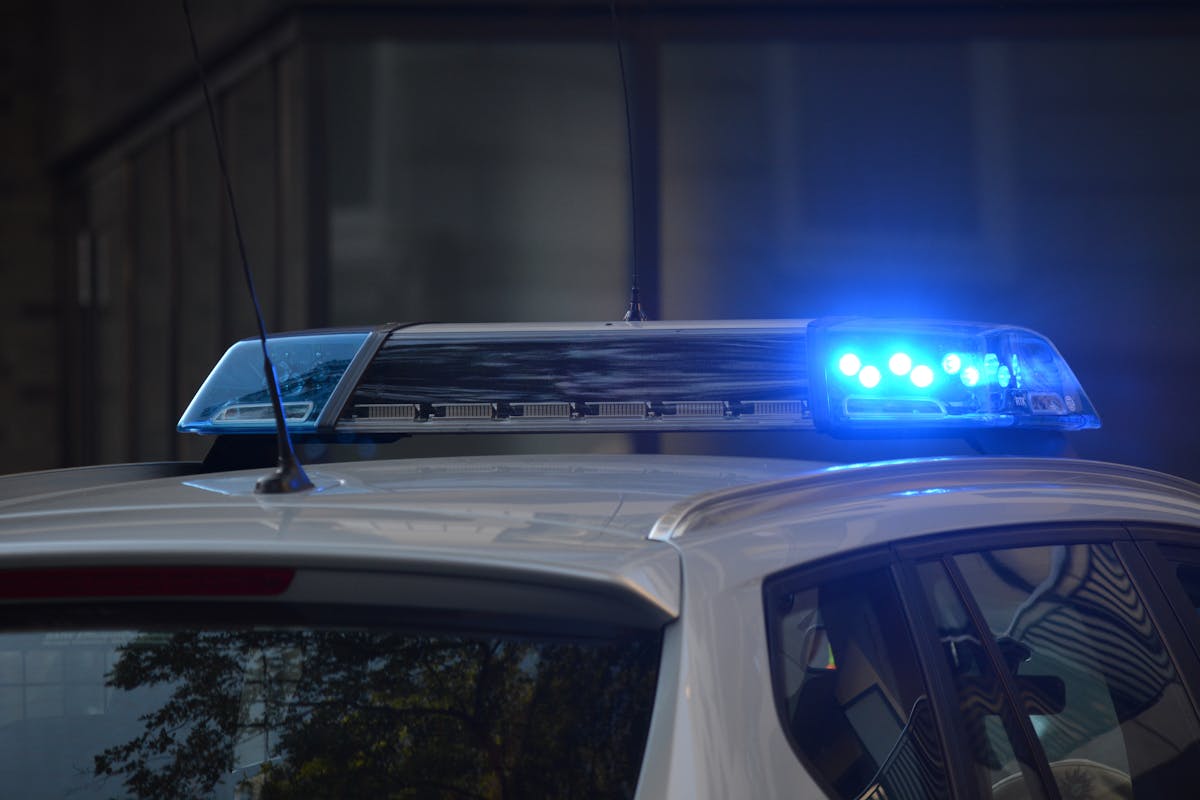
Understanding Crash Dynamics
Building on the comprehensive assessment of vehicle damage, we can further our understanding of a car accident by analyzing the crash dynamics. Central to this analysis is the application of crash physics, which involves the examination of forces and reactions during the collision. This scientific approach can reveal details about vehicle maneuvering, the point of impact, and the severity of the accident, contributing to a more accurate accident reconstruction.
Driver behavior is another critical factor in understanding crash dynamics. Actions leading up to the collision, such as sudden braking, swerving, or acceleration, can be inferred from tire marks, vehicle damage, and eyewitness reports. These elements help to illustrate the sequence of events.
Road conditions and visibility issues also play a crucial role. Wet, icy, or uneven surfaces can affect vehicle control, while poor lighting conditions may compromise the driver’s ability to react timely.
Lastly, time factors, such as the time of day, traffic volume, and the time taken to perceive and react to a hazard, can significantly influence crash dynamics. By analyzing all these factors, we can gain an objective understanding of the accident and help determine who may be at fault.
Witness Statements and Testimony
Witness accounts and testimonies can play a pivotal role in determining fault in a car accident. The credibility and consistency of these testimonies need to be meticulously evaluated, as they can significantly impact the outcome. As we proceed with this subtopic, we will assess the importance of witness accounts, discuss the process of evaluating these testimonies, and examine their influence on fault determination.
Importance of Witness Accounts
The elucidation of truth in a car accident often hinges on the importance of witness accounts. These testimonies are central to any investigation as they provide an external perspective of the incident. Eyewitness reliability is paramount in these situations, as a credible witness can offer an unbiased account of the events leading up to the collision, the accident itself, and its aftermath.
Statement consistency is another critical aspect to consider, lending significant weight to the overall narrative of the accident. Uniformity in witness accounts helps to corroborate details, providing an accurate depiction of the event. Inconsistent statements, on the other hand, can raise questions about the credibility of the witnesses and the truthfulness of their accounts.
The witness credibility is inherently tied to their ability to recall events accurately. Memory accuracy is crucial as it can significantly influence the determination of fault. However, it’s important to note that memory can be influenced by various factors, including stress, trauma, or the passing of time.
Evaluating Witness Testimonies
After establishing the importance of witness accounts in a car accident, it naturally follows that these testimonies must be carefully evaluated. A thorough assessment involves two main aspects: witness credibility and statement consistency.
Witness credibility is a crucial factor in this process. It depends on various elements such as the witness’s relationship to the involved parties, their vantage point during the accident, and their ability to recall facts accurately. A person who has no personal stake in the outcome and had a clear view of the incident is likely to provide a more reliable account. Their mental state and sobriety at the time of the event are also important considerations.
Equally significant is the consistency of the witness statement. A credible testimony should align with the physical evidence at the scene and correlate with other witnesses’ accounts. Inconsistencies can arise from honest mistakes or deliberate falsehoods. Therefore, it is vital to cross-examine testimonies thoroughly and objectively.
Impact on Fault Determination
In assessing the aftermath of a car accident, the influence of witness statements and testimonies on fault determination cannot be overstated. These accounts serve as valuable pieces of evidence, often providing a third-party perspective that may highlight the negligence standards breached and the driver behavior that contributed to the accident.
Witness statements can illuminate critical details about the incident, such as the speed of the vehicles, the sequence of events, and any apparent violations of traffic laws. This information can be instrumental in identifying negligent behavior such as reckless driving, failure to yield, or distracted driving.
Testimonies, particularly those given under oath, carry significant weight in fault determination. They can provide a comprehensive narrative of the accident, potentially revealing factors that are not immediately apparent from the physical evidence.
However, the credibility and reliability of witnesses should be meticulously evaluated. Factors such as their vantage point, their relationship to the parties involved, and their level of attention at the time of the accident can influence the veracity of their account.
Role of Insurance Companies
Navigating the labyrinth of insurance policies can be a daunting task, especially when determining fault in a car accident. The role of insurance companies is crucial in this process. They apply fault determination criteria and initiate the insurance claim process to ensure that the victim recovers damages.
Insurance companies assess the accident scene, consider the damage to both vehicles, review any police reports, and interview witnesses if available. These steps are fundamental in the fault determination process. The insurers also review respective insurance policies and state laws to ensure an accurate and fair determination.
Here is a summary of the insurance company’s role:
| Role | Description |
|---|---|
| Assessment | Insurance companies analyze the accident scene, vehicle damage, police reports, and witness statements. |
| Fault Determination | Companies apply fault determination criteria to establish who is responsible for the accident. |
| Policy Review | Insurers review the respective policies of the involved parties. |
| Claim Process | They manage the insurance claim process, from filing to settlement. |
| Legal Compliance | Insurance companies ensure compliance with state laws during the process. |
Understanding the role of insurance companies can ease the daunting task of determining fault in a car accident.
Seeking Legal Advice
Legal counsel can be a beacon of clarity amidst the confusion following a car accident. It’s essential to seek legal advice promptly, especially in cases where fault is ambiguous or disputed. Acquiring legal representation can help to protect your rights, ensure fair treatment, and potentially mitigate financial losses.
An attorney specializing in auto accident claims can perform a comprehensive liability assessment. This evaluation includes an in-depth analysis of the accident scene, witness statements, police reports, and any available video footage. The attorney may also consult with accident reconstruction experts or other specialists to establish a robust understanding of the incident’s circumstances.
Legal representation can also be instrumental in negotiations with insurance companies. Attorneys have in-depth knowledge of the legal and procedural complexities associated with car accident claims. They can navigate these complexities and negotiate assertively on your behalf to secure a fair settlement.
Frequently Asked Questions
Can Weather Conditions Influence Who Is at Fault in a Car Accident?
Yes, weather conditions can influence fault determination in a car accident. Poor road conditions, visibility issues, and severe weather impacts can contribute to accident severity, potentially altering the liability assessment in a crash scenario.
What Role Does Car Speed Play in Determining Fault in a Car Accident?
Car speed significantly influences fault determination in car accidents. Exceeding speed limits often implicates the driver in fault, as it increases accident severity and indicates a disregard for traffic safety regulations.
How Does Distracted Driving Impact the Determination of Fault in a Car Accident?
Distracted driving, including texting distractions, visual distractions, and cognitive distractions, significantly impacts fault determination in car accidents. This behavior disrupts safe driving, as accident statistics confirm, leading to increased responsibility for accidents caused.
Can the Type of Vehicles Involved Affect Who Is at Fault in an Accident?
While vehicle size can influence accident dynamics, it doesn’t necessarily dictate fault. Determination of fault is based on the actions of the drivers, adherence to traffic laws, and evidence from the accident scene, not vehicle type.
Does a Drivers Previous Driving Record Affect Who Is at Fault in a Car Accident?
A driver’s previous driving record, including previous incidents, does not directly determine fault in a new car accident. However, it may have insurance implications, potentially affecting premiums or coverage availability post-accident. Each accident is independently evaluated.
